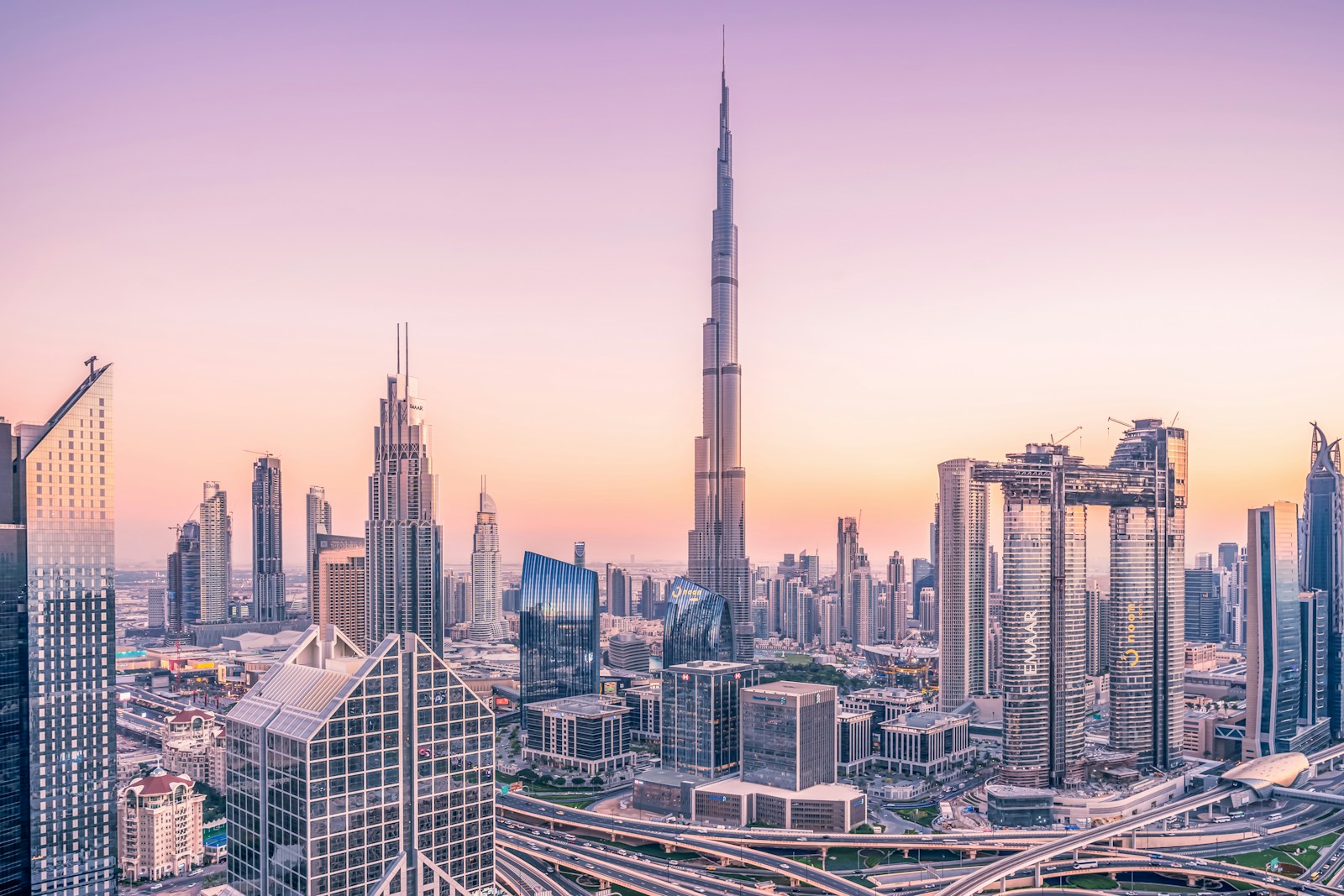
In an era increasingly defined by the urgent realities of climate change, the question of what our world might look like by the year 2100 looms large. Scientists offer stark predictions, from worst-case scenarios like “RCP 8.5,” forecasting more than 4°C in warming, to best-case pathways that limit temperature increases and encourage steep emission declines. Yet, for many, these complex scientific models remain abstract, a challenge for human perception to fully grasp the profound shifts ahead.
This is where the power of visual storytelling becomes indispensable. Striking photography and innovative visualizations are stepping into the void, translating intricate data into tangible, often unsettling, images of a potential future. These projects serve as vital bridges, connecting the scientific consensus with our collective imagination, prompting us to confront the gravitas of what’s at stake.
From the poignant series by Edoardo Delille and Giulia Piermartiri, “Atlas of the New World,” to the thought-provoking AI-generated images by Uswitch’s green energy team, a new visual language is emerging. These artists and innovators are not just predicting; they are illustrating, with vivid precision, how our planet’s most iconic landscapes and vibrant cities might dramatically transform if the climate crisis continues unabated. Join us on a journey through these compelling visions, revealing the profound changes awaiting diverse corners of our world.
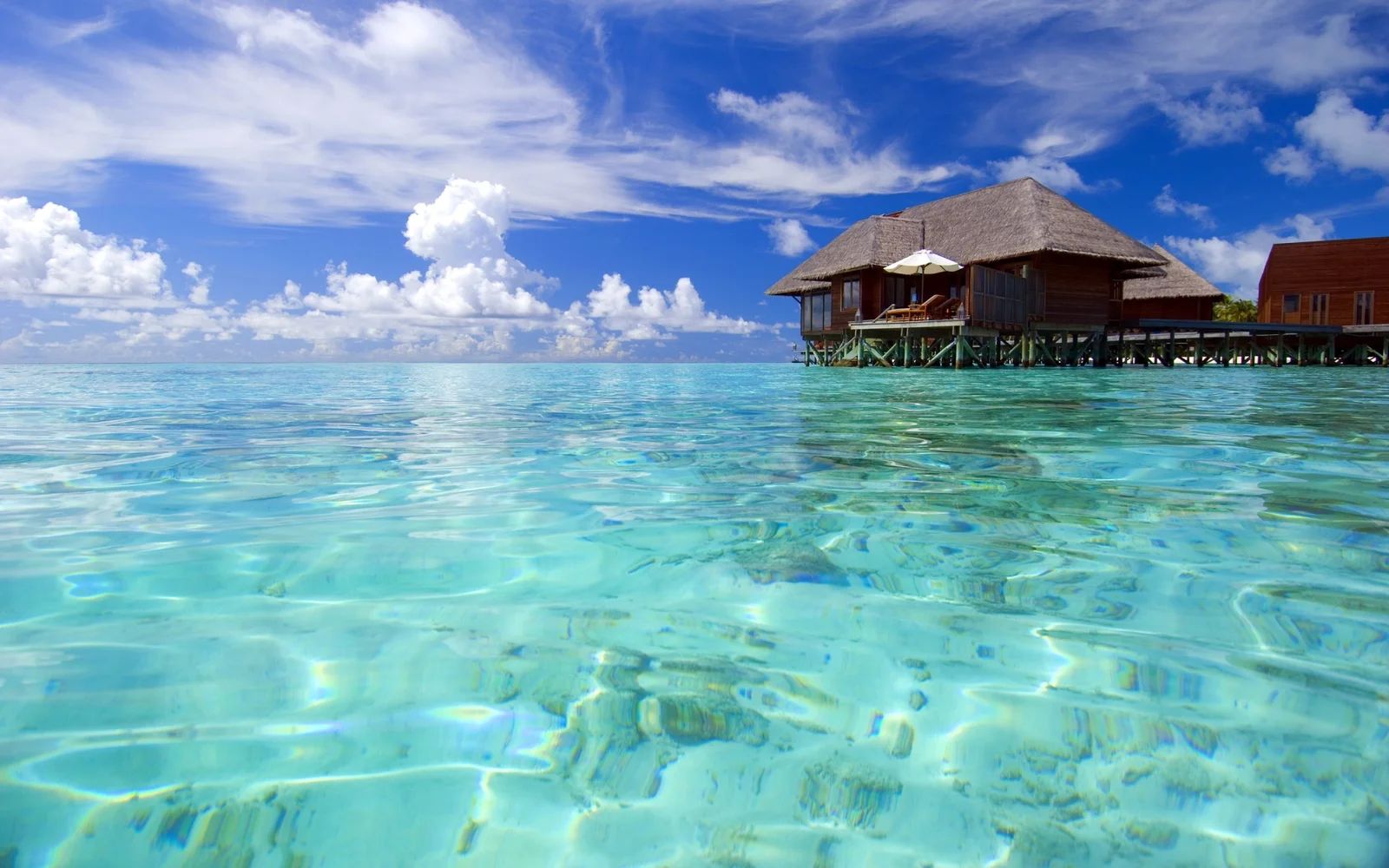
1. **The Maldives: A Submerged Paradise**: It takes a moment to fully grasp what you’re seeing in Edoardo Delille and Giulia Piermartiri’s photographs of the Maldives. These engulfing images, appropriated from tourist snaps taken underwater in the Indian Ocean, cleverly allude to a terrifying scenario scientists believe could unfold by the end of the century. In one picture, a sea turtle appears to swim beside a couple on a motorbike; in another, a family of five pose in the hallway of their home, apparently standing beneath a diver floating in full scuba gear.
The Maldives, with an average elevation of just one meter (3.3 feet) above sea level, stands as the world’s lowest-lying country and is thus at substantial risk from rising oceans. Some reports grimly predict that by 2050, a staggering 80% of its land could become uninhabitable if sea levels continue their current upward trajectory. The photographers noted the striking contrast in the Maldives, explaining that despite living ethically with nature—using electric motorbikes and solar panels—the main pollution ironically stemmed from tourists, whose imported goods like “Champagne, beer, Italian wine, American things” contribute to the very crisis that threatens to submerge the local people.

2. **Paradise, California: Consumed by Fire**: The specter of wildfires looms large over regions like California, a state where the average area burnt by these blazes is projected to increase by a staggering 77% by 2100 if planet-heating pollution continues to rise. Delille and Piermartiri’s work vividly illustrates this chilling future. One powerful image shows a man casually scanning the contents of his fridge as bright orange flames menacingly fill his kitchen, a scene that blurs the line between domesticity and disaster.
This vision resonates deeply with the harrowing reality already faced in the Western U.S., where raging wildfires and “Atomic tangerine skies” have become stark examples of climate change’s immediate impact. The “Atlas of the New World” series, in a particularly insightful technique, projects images of the Nevada desert—a landscape already experiencing extreme dry conditions—onto homes in California, underscoring the shift towards a future where such desolation becomes commonplace due to phenomena like the “moisture deficit.” The Caldor Fire, which recently blazed towards California’s Lake Tahoe Basin, destroying hundreds of homes, serves as a sobering prelude to these projected developments.
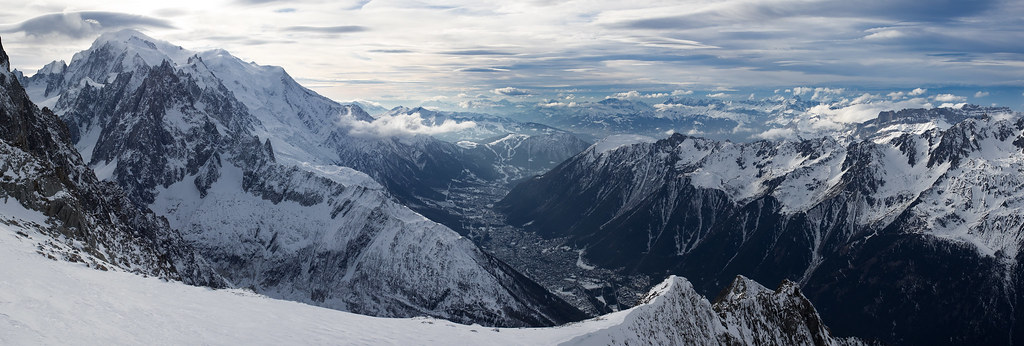
3. **Mont Blanc, Alps: The Retreat of Glaciers**: Mont Blanc, the majestic highest peak in the Alps, is a critical site of rapidly melting glaciers, a clear indicator of global warming’s pervasive reach. In Delille and Piermartiri’s unsettling visualizations for this region, flowery green meadows are jarringly superimposed onto snow, presenting an image of an alpine landscape fundamentally altered from its current icy grandeur. This creative juxtaposition serves as a powerful metaphor for the profound ecological transformation underway.
The ongoing retreat of glaciers across the world, from the Alps to the Antarctic Peninsula, highlights a dramatic reshaping of Earth’s vital ice reserves. While icebergs have always melted, the accelerated pace in warming regions like the Antarctic, expected to warm more than 2 degrees Fahrenheit (1.1 degrees Celsius) in the next 20 years, underscores the scale of the challenge. The images for Mont Blanc force viewers to confront a future where the iconic white peaks could give way to unexpected verdant terrains, irrevocably changing their character and contributing to global sea-level rise.
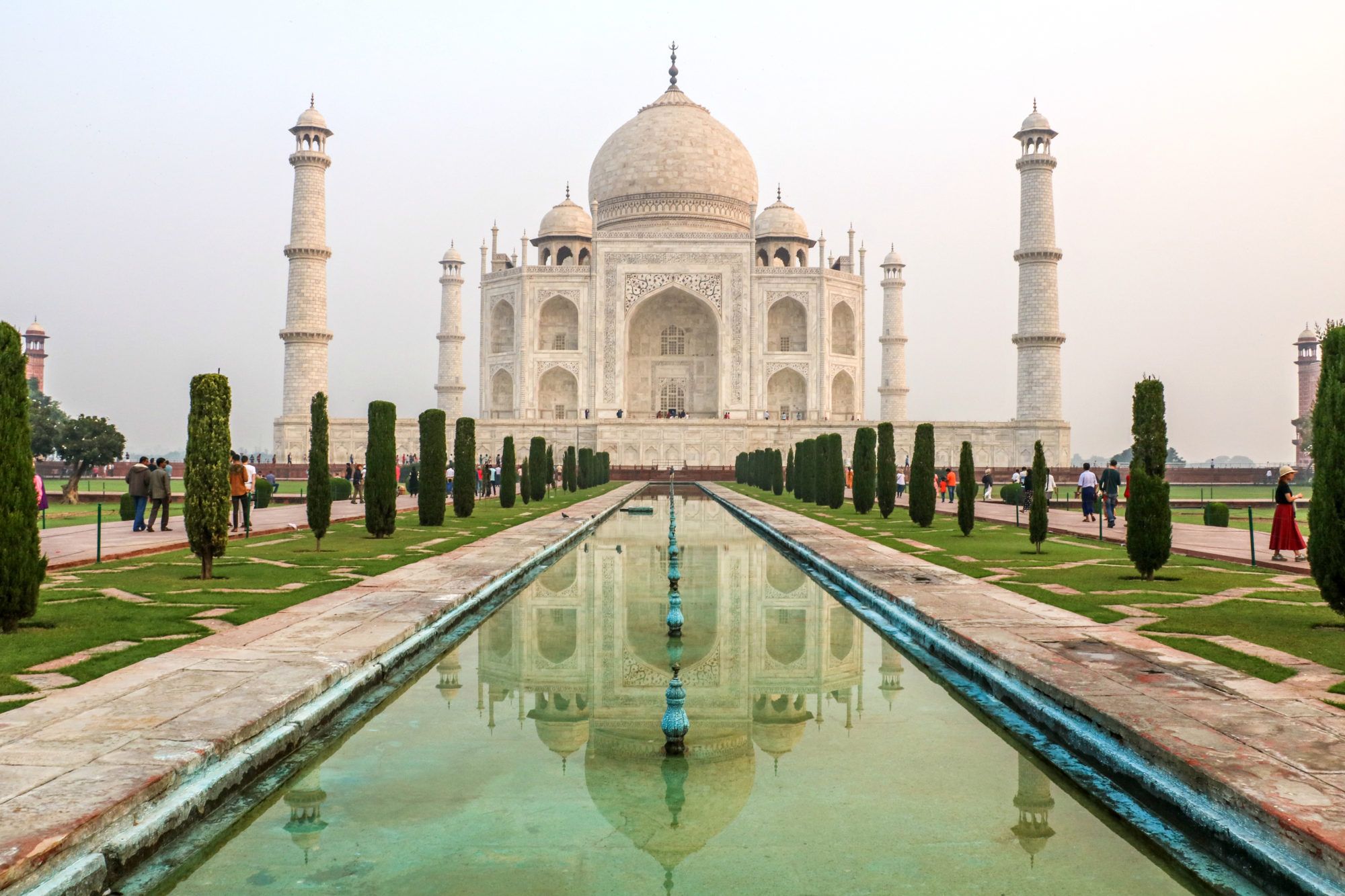
4. **Agra, India: The Taj Mahal Under Duress**: Agra, a city steeped in history and home to the unparalleled Taj Mahal, one of the Seven Wonders of the World, is situated on the banks of the River Yamuna. As a key part of South Asia, this region is projected to be hit particularly hard under worst-case climate scenarios, with the most vulnerable populations disproportionately absorbing the impact. While specific imagery for Agra isn’t detailed, the broader projections for the region paint a concerning picture for its future.
Neighboring New Delhi, a megacity with 22 million people already heavily reliant on air conditioning, is projected to endure eight months of average temperatures exceeding 32°C (89.6°F) by 2100, up from about six months in 1960. Such intense heat and altered precipitation patterns—potentially leading to severe droughts or increased flooding of the Yamuna River—would undoubtedly stress Agra’s infrastructure and threaten the delicate balance required to preserve its ancient monuments. The Uswitch AI-generated images prompt us to consider how such extreme conditions could affect the very fabric of this culturally rich city, challenging its resilience and potentially disrupting the millions of tourists who visit annually.
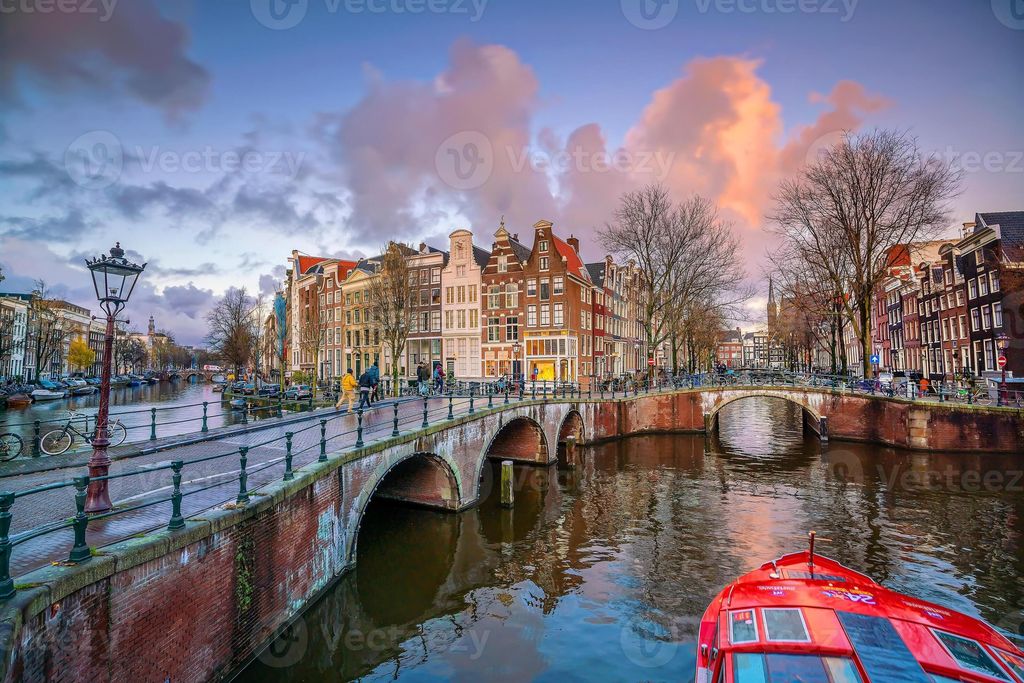
5. **Amsterdam, Netherlands: A City Reclaimed by Water**: Amsterdam, the capital of the Netherlands, is celebrated globally for its intricate canal system, charming narrow houses, and the rich legacy of its 17th-century Golden Age. However, its very foundation—a city built largely below sea level and intricately connected to water—makes it acutely vulnerable to the escalating impacts of climate change, particularly rising sea levels. The AI-generated visions of Amsterdam’s future confront us with a scenario where its iconic waterways might no longer be a picturesque feature, but a dominant, destructive force.
The global forecast warns that rising sea levels will lead to widespread flooding in coastal areas, damaging critical infrastructure and disrupting transportation networks, incurring immense costs and declining productivity. For a city like Amsterdam, this translates into a direct existential threat. Imagine the bustling streets and historic squares, once vibrant with life, increasingly subsumed by the encroaching North Sea, transforming the urban landscape into a stark testament to unchecked climate change and highlighting the monumental engineering and financial challenges required to stave off such a future.
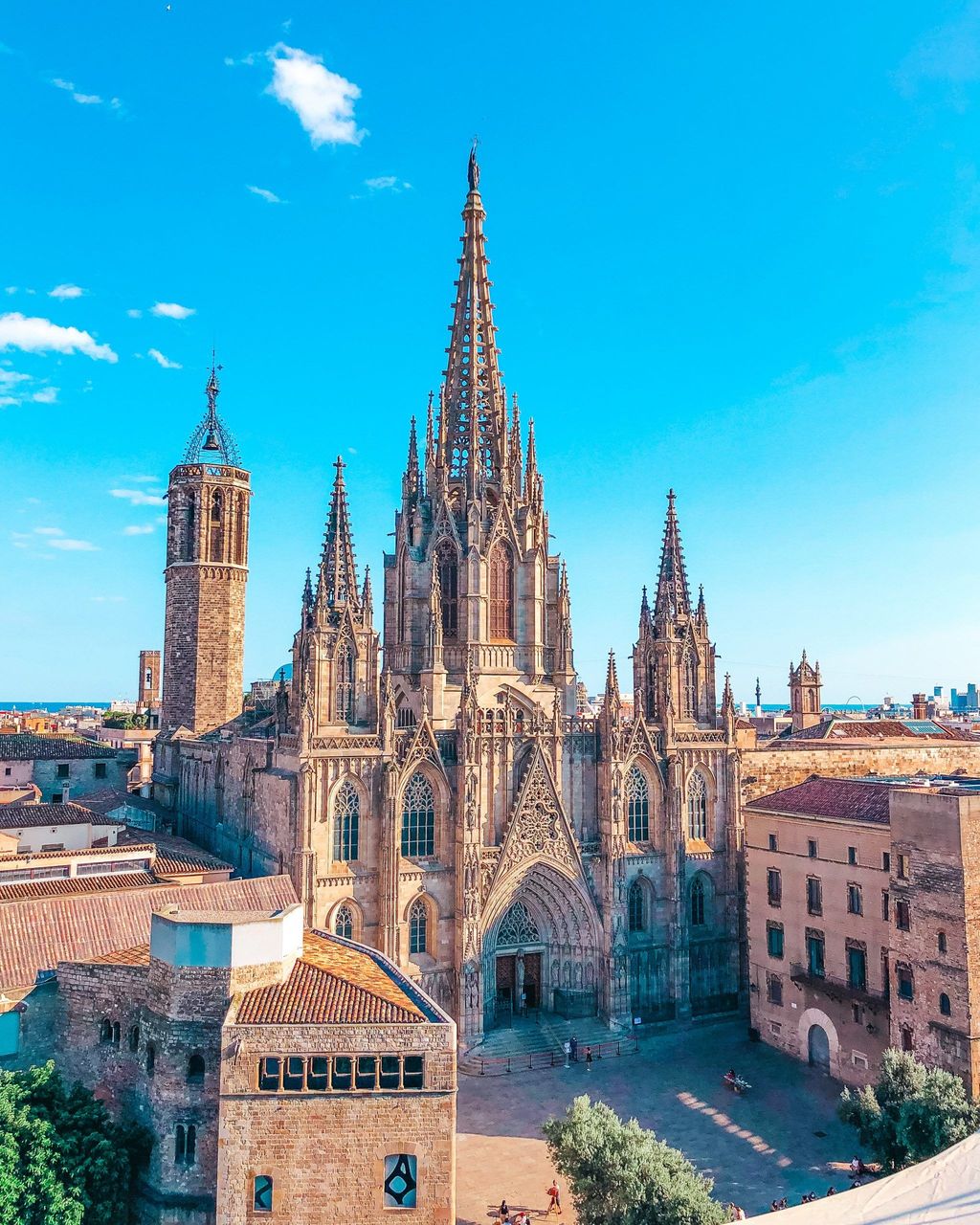
6. **Barcelona, Spain: Scorched and Shifting Landscapes**: Barcelona, Catalonia’s capital and a major cultural hub in Europe, draws millions of visitors each year to its world-renowned museums, art galleries, and distinctive architecture. Yet, this vibrant city, like much of southern Europe, faces dramatic changes by 2100 under worst-case climate scenarios. Average summer temperatures in southern Spain, Italy, and Greece are projected to consistently reach roughly 30°C (86°F), with significant increases in maximum annual temperatures, as seen in London’s forecast of 4°C hotter on average by the 2070s.
Beyond just warming, climate change is also set to drastically alter precipitation patterns, leading to more extreme weather events. For Barcelona, this could mean more frequent and intense heatwaves, prolonged droughts impacting water resources, and unpredictable, heavy rainfall events leading to flash floods. Such conditions threaten not only the comfort of its residents and tourists but also the delicate ecosystems and agricultural lands that sustain the region, potentially transforming its renowned Mediterranean charm into a harsher, more challenging environment.
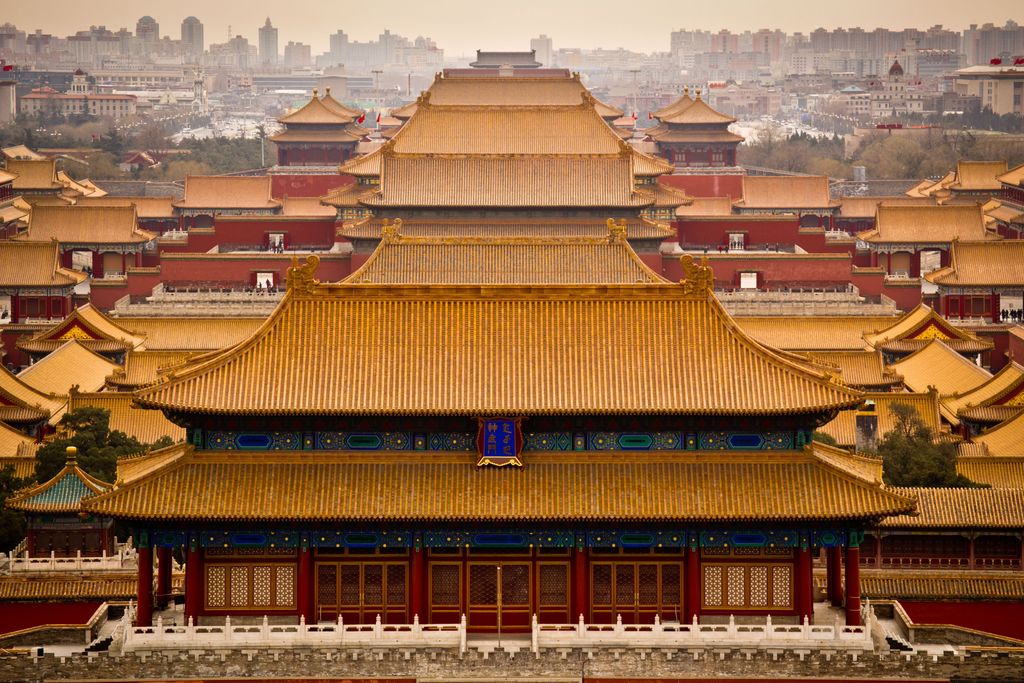
7. **Beijing, China: A Sky Veiled in Haze and Sand**: Beijing, China’s capital and a sprawling megacity home to over 21 million people, is a fascinating blend of ancient history and towering modernity, featuring iconic landmarks like the Forbidden City and the Great Wall. However, its future under continued climate change is grimly envisioned as one of intensifying air pollution and increasingly frequent, severe sandstorms. These phenomena are not merely environmental inconveniences; they fundamentally alter the quality of life and the very character of the urban landscape.
Scientists believe that desertification and climate change are playing a significant role in the increasing frequency and intensity of seasonal sandstorms in Beijing, transforming once clear skies into turbulent, gritty horizons. Compounding this, emissions from burning fossil fuels continue to create toxic air pollution, a persistent challenge already faced by the city, as seen in neighboring Ulaanbaatar where the government banned raw coal due to dangerously high pollution. The AI-generated images of Beijing’s future thus emphasize a struggle for breathable air and visible skies, portraying a city where the environmental toll of unchecked development and climate shifts becomes an inescapable daily reality.
Now, let’s continue our journey, peering into more striking projections of climate change across additional major global hubs and critical ecosystems, and reflecting on the urgent call for action. These powerful visualizations compel us to not only understand the scale of impending shifts but also to consider humanity’s capacity for resilience and the imperative for proactive solutions. The future, while challenging, is not yet written, and these images serve as a potent reminder of what we stand to lose, and what we must strive to protect.
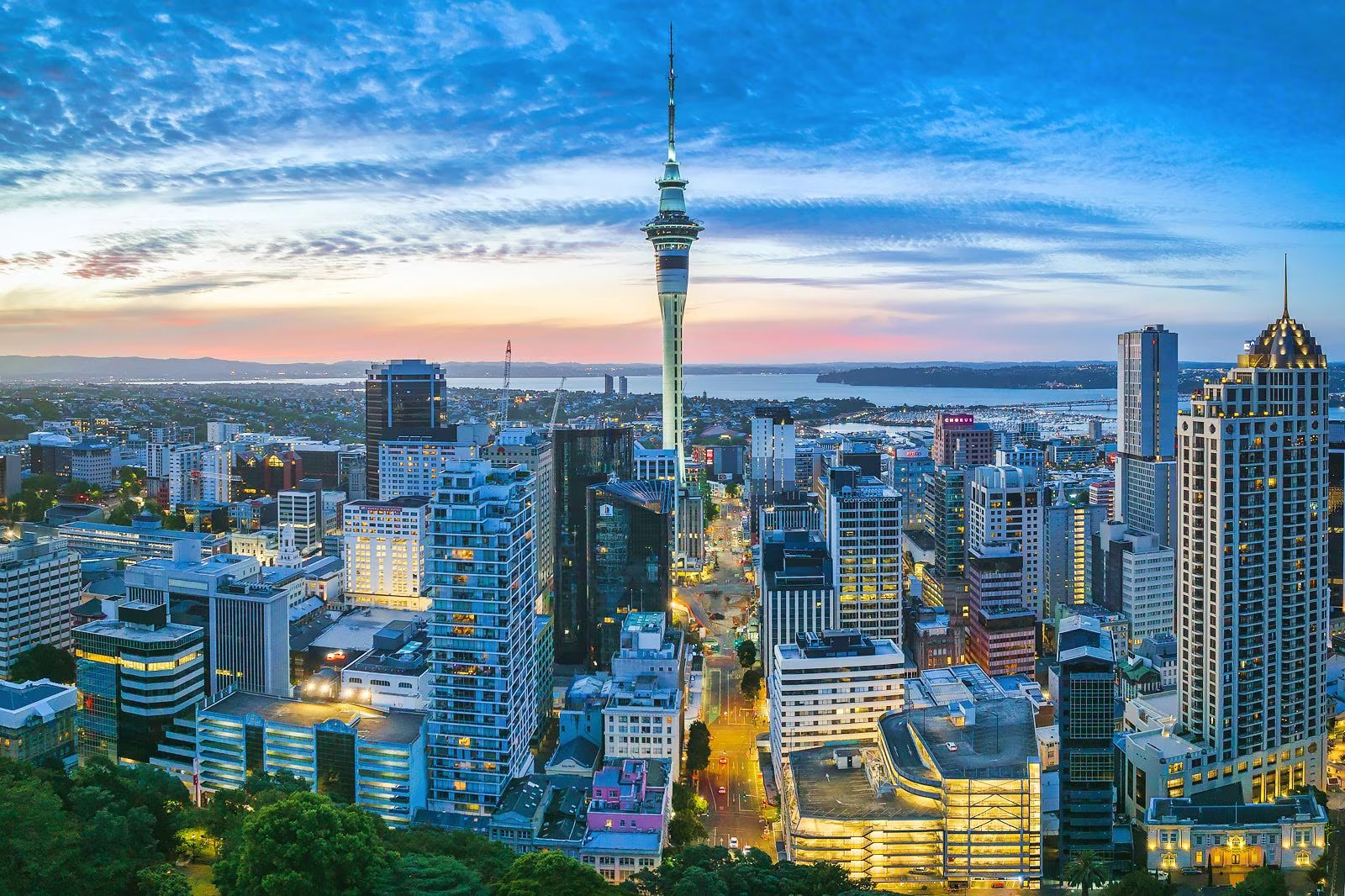
8. **Auckland, New Zealand: The Shifting Coastal Frontier**: Auckland, New Zealand’s largest city, is celebrated globally for its stunning harbors, pristine beaches, and verdant parks, forming a diverse and vibrant urban tapestry. Home to over 1.5 million people on the North Island, its very identity is deeply interwoven with its picturesque coastal geography, making it acutely vulnerable to the escalating impacts of climate change. This major global hub faces the dual threat of rising sea levels and altered precipitation patterns, which could dramatically reshape its iconic landscape and the very fabric of daily life.
The global forecast warns that rising sea levels will lead to widespread flooding in coastal areas, damaging critical infrastructure and disrupting transportation networks, incurring immense costs and declining productivity. For a city like Auckland, where leisure and industry often revolve around its beautiful waterfront, this translates into a direct existential challenge. Imagine its bustling port operations, beloved beaches, and charming seaside communities increasingly subsumed by the encroaching ocean, transforming familiar recreational spots into stark reminders of unchecked environmental degradation.
Such a scenario would demand monumental efforts in adaptation and protection, echoing challenges faced by other low-lying regions across the globe. The economic and social ramifications of defending or retreating from rising waters would be profound, compelling Auckland to innovate extensively in urban planning and coastal defense, highlighting the universal struggle for humanity to adapt to a fundamentally altered planetary climate.
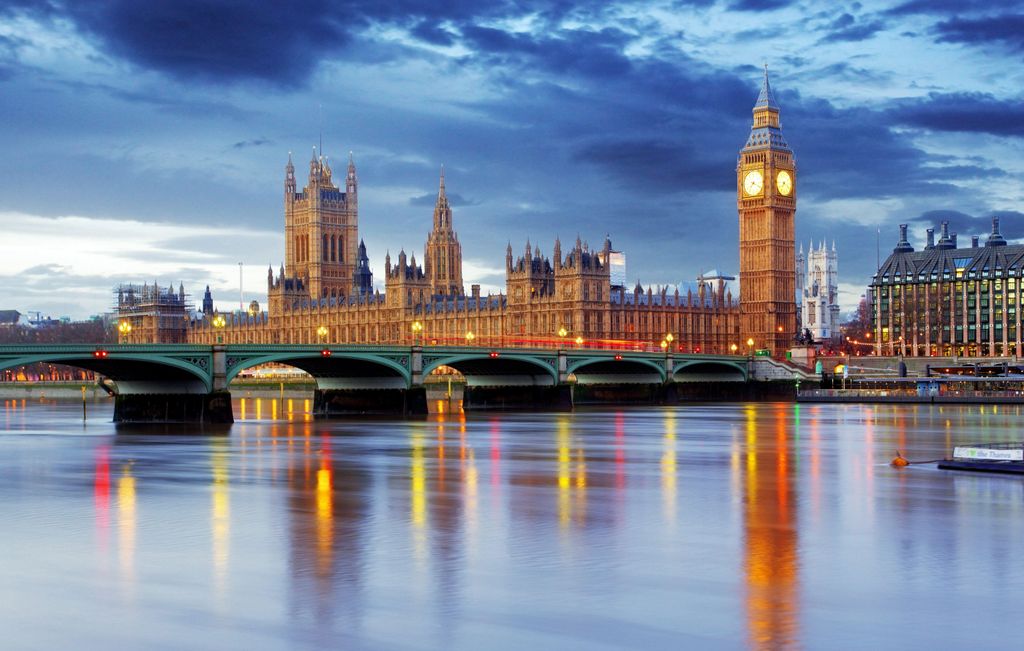
9. **London, England: Adapting to Unprecedented Warmth and Wetness**: London, the historic and sprawling capital of the United Kingdom, stands as a vibrant testament to centuries of resilience and continuous adaptation. Its dynamic urban fabric, woven with iconic landmarks like St Paul’s Cathedral and the Tower Bridge, alongside expansive green spaces such as Hyde Park and Richmond Park, encapsulates a unique blend of heritage and cutting-edge modernity. Yet, even this global metropolis, with its temperate seasonal climate, is far from immune to the profound shifts forecasted under worst-case climate scenarios, particularly regarding intensifying temperatures and altered precipitation.
By the 2070s, projections indicate that London’s maximum annual temperatures may be 4°C hotter on average, a significant departure from its historical climate. This dramatic warming would bring more frequent and intense heatwaves, stressing its intricate infrastructure, impacting public health, and straining urban ecosystems simply not designed for such prolonged extremes. The city’s famed parks, while vital heat sinks, would themselves face challenges in maintaining their verdant beauty amidst scorching summers.
Concurrently, London may also experience an additional 52 millimetres in average annual precipitation by the 2070s. This isn’t just more rain; it suggests an increase in unpredictable, heavy rainfall events that could overwhelm its Victorian-era drainage systems, leading to more widespread localized flooding across its dense urban areas. These projections paint a picture of a London transformed, where residents and authorities must innovate constantly to manage both increasingly scorching summers and potentially saturated, storm-affected conditions.
10. **Dubai, UAE: A Desert Metropolis Under Extreme Pressure**: Dubai, a city synonymous with unparalleled luxury, audacious architectural marvels, and rapid, expansive development, has forged a remarkable presence out of the Arabian Desert on the shores of the Persian Gulf. Known globally for its extravagant hotels, sprawling shopping malls, and the towering Burj Khalifa—the world’s tallest building—it represents a pinnacle of human ingenuity. However, this environment, characterized by already scorching temperatures, positions Dubai at a critical intersection with accelerating climate change, threatening its vibrant tourism and the viability of its ambitious urban expansion.
Under worst-case climate scenarios, regions already experiencing high temperatures will inevitably face even more unbearable conditions. While specific detailed projections for Dubai are not explicitly stated, its location in the Persian Gulf indicates a certainty of intensifying heatwaves and significant coastal impacts from rising sea levels. Such extremes would push the limits of human comfort and infrastructure, demanding even greater reliance on energy-intensive cooling systems, alongside innovative and costly desalination for water management.
The striking images derived from these climate forecasts compel us to reflect on the sustainable future of such a modern marvel. They raise pressing questions about how a city built on luxury and rapid growth will continue to thrive amidst relentless environmental pressures, particularly if adaptation costs become prohibitive. Dubai’s future may well become a stark example of the monumental challenges faced by desert metropolises striving for continued prosperity in a warming world.

11. **Giza, Egypt: Protecting Ancient Wonders Amidst a Changing Climate**: The Giza plateau, an unparalleled treasure trove of human civilization, is home to the majestic Great Pyramid of Khufu, the enigmatic Great Sphinx, and the revered Valley Temple of Khafre. Situated on the west bank of the Nile River, this ancient site in Egypt has miraculously endured millennia of natural and human-made shifts. However, the projected scale of climate change for 2100 presents new, formidable challenges that threaten its very existence. As a critical historical and cultural center, the preservation of Giza’s irreplaceable legacy hinges on understanding and mitigating these evolving environmental threats.
While the context does not provide specific AI-generated imagery directly for Giza, the broader projections for South Asia and similar arid regions, anticipated to be hit hard under worst-case climate scenarios, offer grim parallels. These scenarios forecast average temperatures from June through August exceeding 38°C (100.4°F) in some areas. For Giza, this could translate into prolonged, more intense periods of extreme heat, potentially jeopardizing the structural integrity of its ancient sandstone monuments, accelerating weathering and erosion, and increasing the challenges for their ongoing conservation.
Furthermore, global climate change can drastically affect precipitation patterns, leading to both severe droughts and unpredictable, heavy rainfall events. For a site like Giza, this implies potential issues with water scarcity impacting local populations and increased risks of flash floods from the Nile, despite its historical role as a life source, threatening low-lying archaeological areas. The imperative to protect these global treasures underscores the urgent need for international collaboration, proactive conservation, and innovative solutions, ensuring that future generations can still witness the enduring grandeur of Giza.
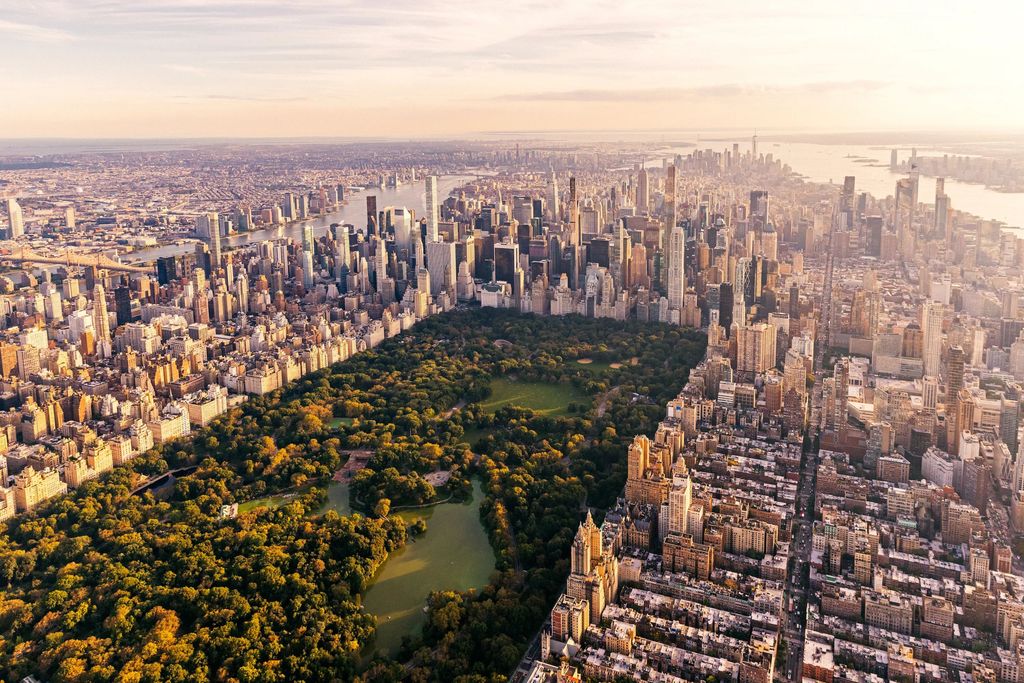
12. **Central Park, NYC: An Urban Oasis Under Strain**: Central Park, an expansive 843-acre verdant jewel nestled in the vibrant heart of Manhattan, is far more than just a park; it is a vital urban lung, a dynamic cultural hub, and an essential serene escape for millions in New York City. Its meticulously designed landscapes, including tranquil lakes, diverse gardens, and numerous monuments, make it one of the world’s most iconic and cherished urban landmarks. Yet, even this meticulously cultivated natural haven faces significant environmental stresses as climate change intensifies, threatening its delicate ecological balance and its crucial role as a public amenity.
While specific AI-generated images directly depicting Central Park’s future are not provided, the general impacts of climate change on major urban centers are starkly clear: rising temperatures, increased frequency and intensity of extreme weather events, and altered precipitation patterns. For Central Park, this could directly translate into more intense and prolonged heatwaves impacting its diverse flora and fauna, increasing drought stress on its varied greenery, and placing unprecedented demands on its water management systems.
Moreover, heavier rainfall events, a common projection for altered precipitation, could lead to flash floods that erode pathways, strain drainage infrastructure, and potentially damage delicate ecosystems within the park. The challenge for New York City’s urban planners and conservationists will be to enhance Central Park’s resilience through adaptive management strategies, ensuring it can continue to serve as a beacon of natural beauty and recreation amidst a hotter, more volatile climate.
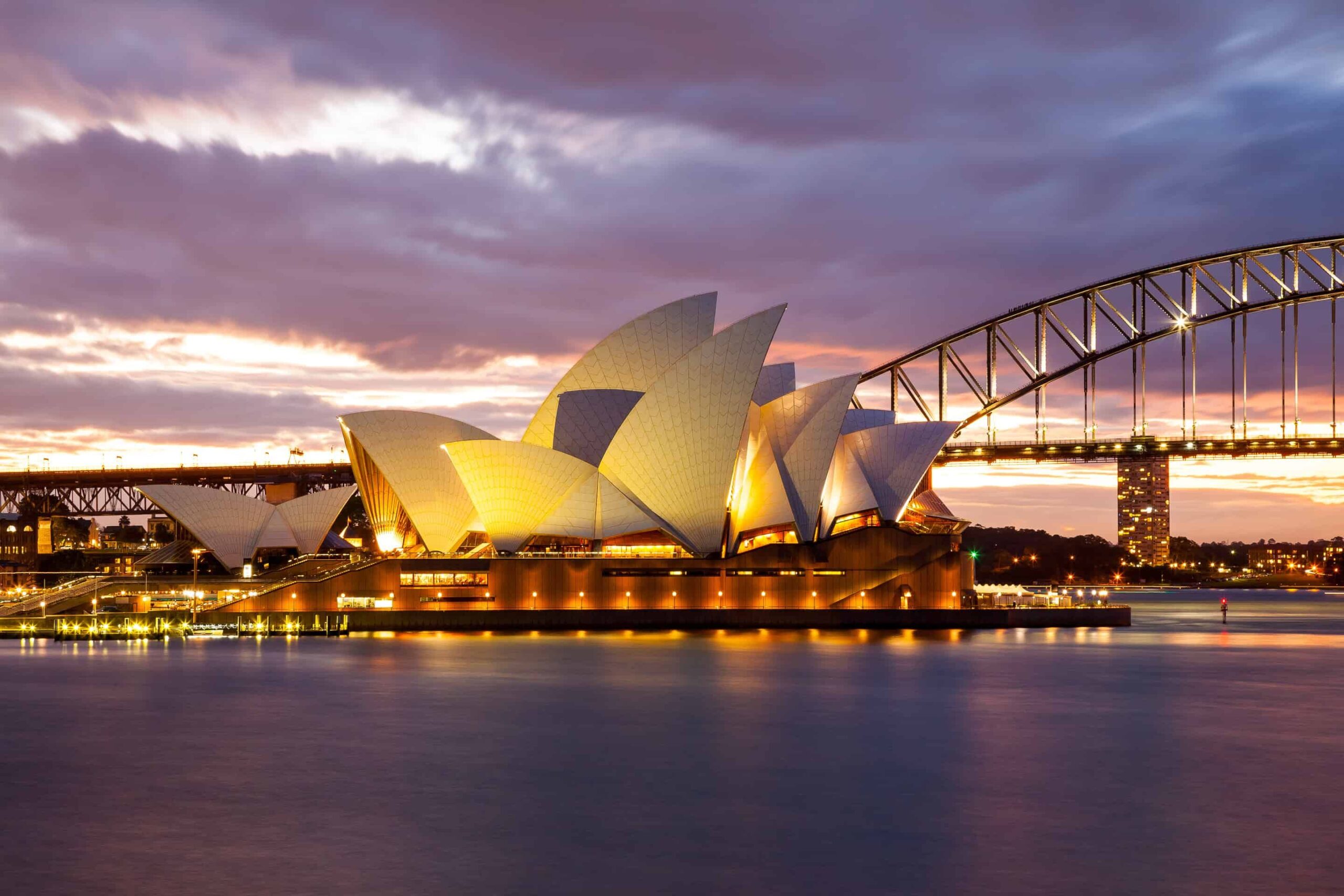
13. **Sydney, Australia: Confronting Coastal Vulnerability and Arid Futures**: Sydney, Australia’s most populous city and the state capital of New South Wales, is globally recognized for its breathtaking harbor, home to the iconic Sydney Opera House and the Sydney Harbour Bridge, and its vibrant cultural scene. Located on the country’s southeastern coast, its metropolitan area, bustling with over 4.6 million people, thrives on its unique blend of urban sophistication and unparalleled natural beauty. However, this coastal reliance and surrounding landscapes make Sydney highly susceptible to the intensifying effects of climate change, from pervasive rising sea levels to the specter of increasing wildfires in its vicinity and hinterlands.
The broader context of climate impacts on coastal areas across the globe suggests that Sydney faces a significant and escalating threat from rising ocean levels. This could lead to the inundation of parts of its low-lying areas, disrupt its crucial harbor infrastructure, and fundamentally alter its world-famous beaches, challenging the very visual identity of the city. The economic costs and displacement of coastal communities would be immense, requiring substantial investment in coastal defenses or planned retreat.
Furthermore, akin to other regions experiencing severe drought and raging wildfires, Australia’s climate patterns are also shifting towards hotter, drier conditions. This implies a future where Sydney and its surrounding regions could face increased risks of destructive bushfires, prolonged and intense heatwaves, and critical water scarcity. These conditions would not only threaten the delicate ecosystems that surround the city but also challenge the resilience of its infrastructure and the quality of life for its residents, irrevocably transforming its celebrated charm.
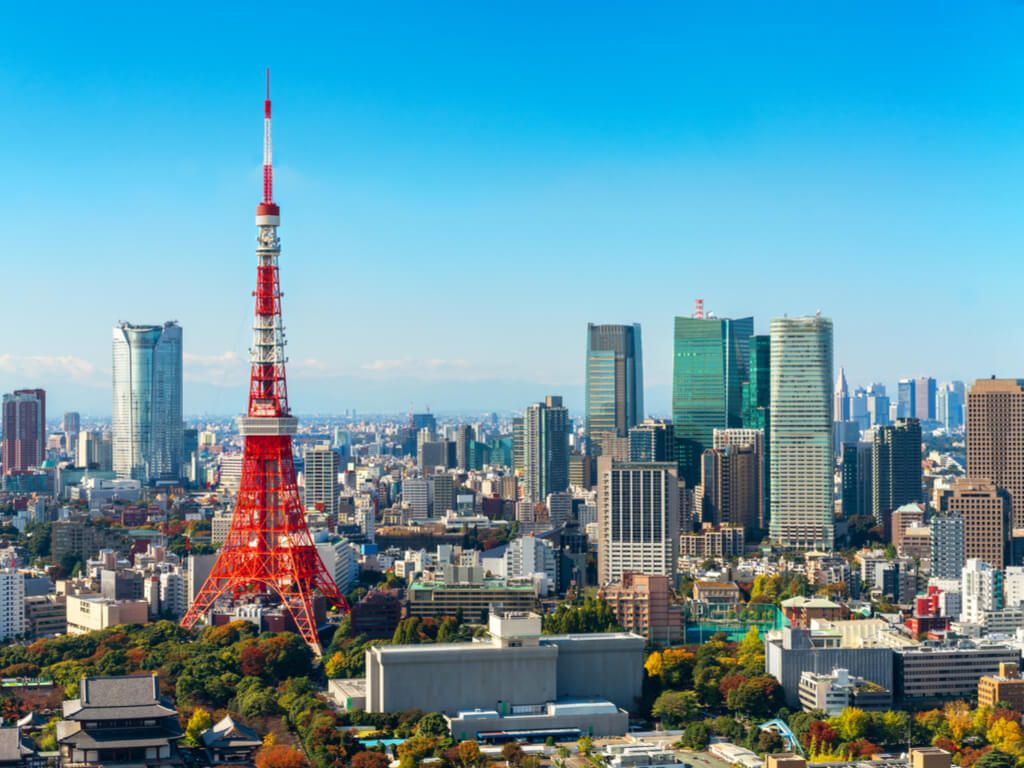
14. **Tokyo, Japan: Navigating a Megacity’s Environmental Crossroads**: Tokyo, the pulsating capital of Japan, stands as a quintessential global megacity, boasting over 13 million people in its urban core and nearly 38 million in its vast metropolitan area, making it one of the most densely populated places on Earth. It is a mesmerizing blend of ancient traditions and cutting-edge modernity, where historic temples and serene gardens stand in the shadow of towering skyscrapers and technological marvels. This dynamic urban environment, however, also places it squarely at the forefront of climate change challenges, particularly concerning extreme heat and its profound vulnerability as a low-lying coastal city.
The sheer scale of Tokyo’s urban heat island effect, already a significant concern, coupled with projected global temperature increases, means its residents will likely face more frequent and intense heatwaves. Such prolonged periods of extreme heat will put immense strain on public health systems, overload energy grids due to heightened demand for cooling, and disrupt its highly efficient transportation networks. The livability of vast urban districts could be severely compromised as the comfort threshold is repeatedly breached.
Furthermore, as a vast coastal metropolis situated in a seismically active and typhoon-prone region, Tokyo is exceptionally susceptible to the compounded impacts of rising sea levels and more extreme weather events. The threat of storm surges, coastal erosion, and saltwater intrusion into freshwater sources looms large. The AI-generated images for such megacities prompt a critical examination of how an already highly engineered and resilient urban landscape will continue to adapt to relentless environmental pressures, striving to maintain its functionality and livability for its vast population.
These striking visualizations, from the potential submergence of Auckland’s beautiful harbors to the scorching heat anticipated in Tokyo, collectively form a potent and undeniable message. They underscore the precarious balance of our present, challenging us to look beyond abstract data and truly internalize the gravity of the climate crisis. Each image serves as a powerful testament to the urgent need for collective action, reminding us that while the future envisioned is stark, it is not inevitable.

We stand at a pivotal moment, equipped with both the scientific understanding of the problem and the innovative capacity to craft solutions. From developing sustainable energy systems to implementing resilient urban planning, the path forward demands a concerted global effort. The imperative is clear: these images are not prophecies of doom, but rather profound calls to action, urging us to protect our planet and preserve its wonders for generations to come. It’s not too late to shift the narrative, to move from a future of stark warnings to one of hope and regenerative change. Together, we can turn these stark warnings into a blueprint for a more sustainable and thriving world.

